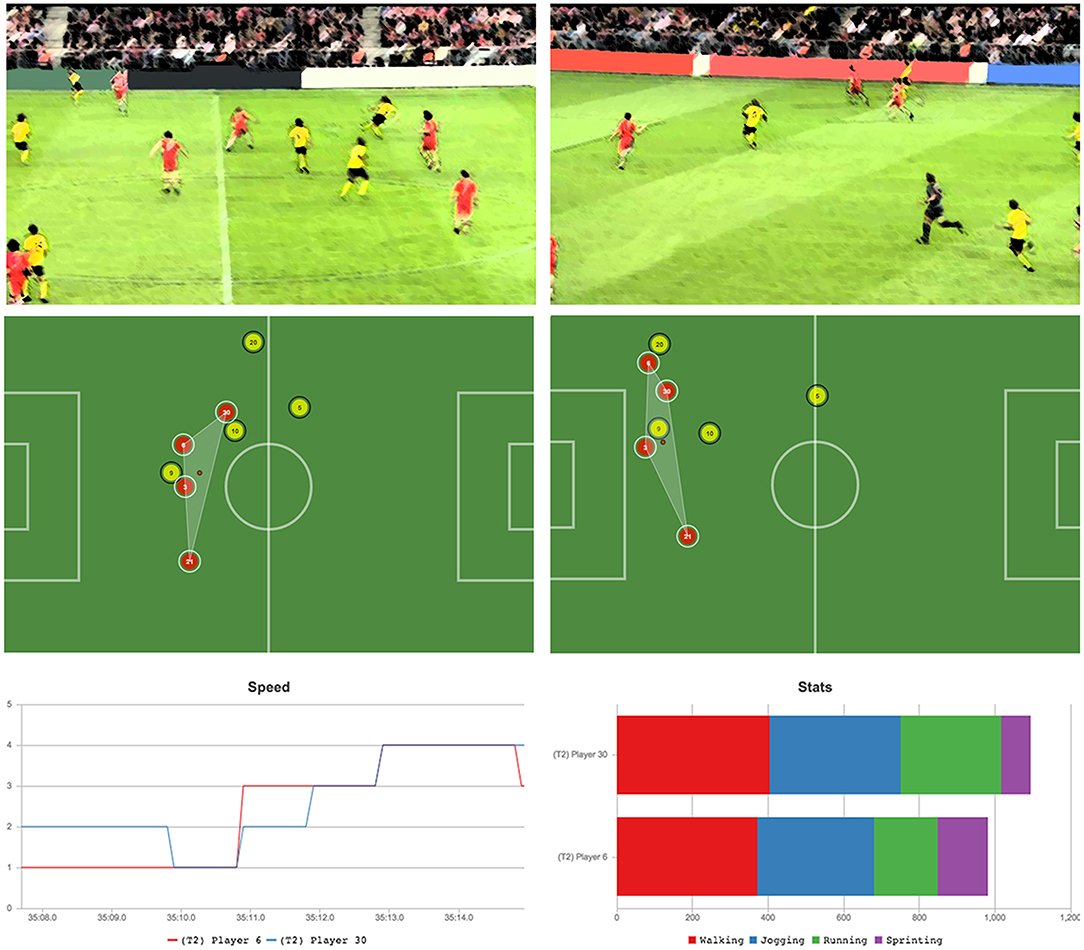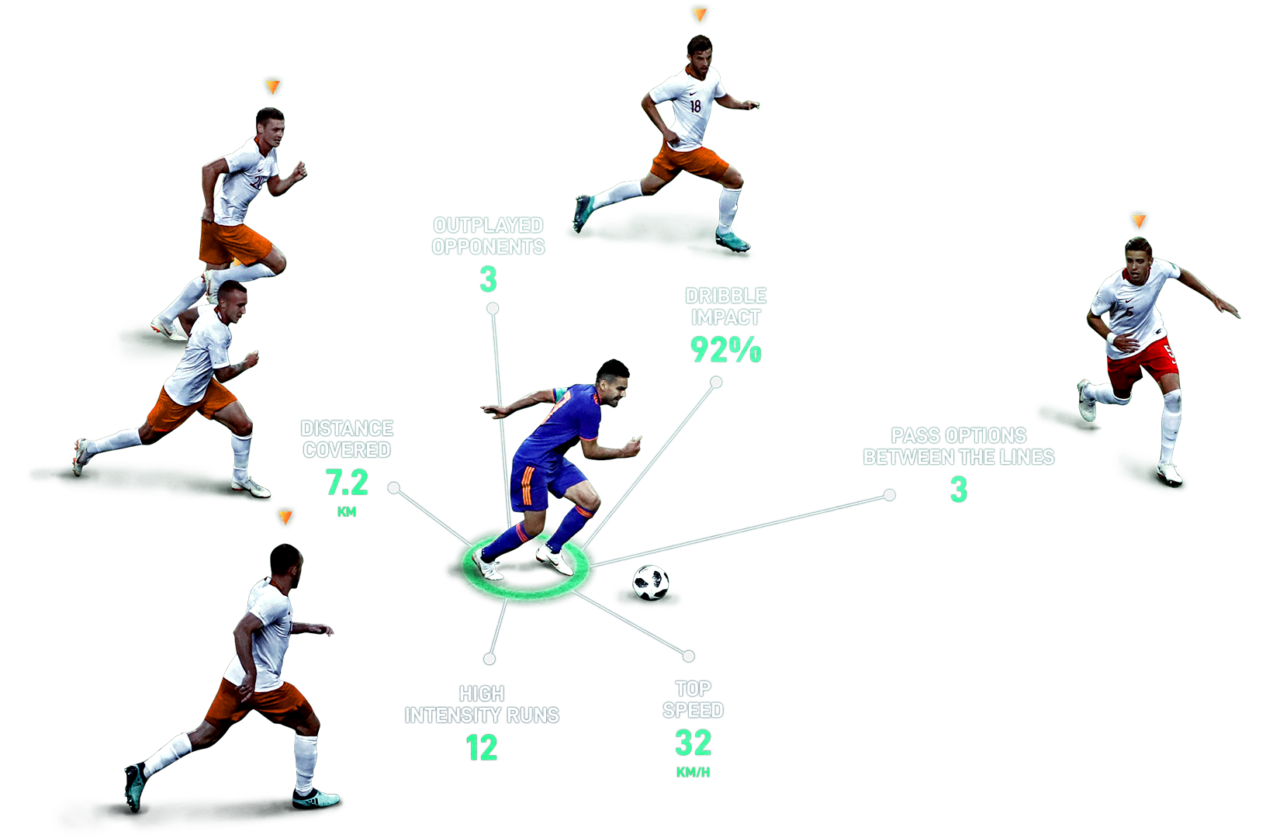Unlocking Player Performance: The Billy Beane Approach To Sabermetrics

Billy Beane revolutionized baseball analytics by embracing player performance metrics that challenged traditional scouting methods. His innovative approach, which relies heavily on data, not only transformed the Oakland Athletics but also reshaped how teams evaluate talent. In this article, we explore Billy Beane's influence on player performance metrics, particularly through the lens of sabermetrics.

Understanding Sabermetrics
Sabermetrics refers to the empirical analysis of baseball statistics to gain insight into player performance. It derives its name from the Society for American Baseball Research (SABR). This analytical approach has gained popularity among teams looking to maximize their performance while minimizing costs.
For example, instead of focusing solely on traditional stats like batting average, sabermetrics emphasizes deeper metrics such as On-Base Percentage (OBP) and Slugging Percentage (SLG). These statistics provide a more comprehensive view of a player's contribution to their team.

Key Player Performance Metrics
Several key metrics define player performance in today's baseball landscape. Each helps teams make informed decisions about player acquisitions and game strategies.
On-Base Percentage (OBP)
On-Base Percentage measures how often a player reaches base, whether through hits, walks, or hit-by-pitches. A higher OBP indicates a player's ability to contribute to scoring opportunities. For instance, in the 2002 season, the Athletics prioritized players with high OBP, allowing them to score more runs despite having a lower payroll than their competitors.

Slugging Percentage (SLG)
Slugging Percentage measures a player’s power-hitting ability by calculating total bases per at-bat. A high SLG indicates that a player can hit for both average and power. For example, a player with a SLG of .500 is considered a strong offensive threat, contributing significantly to their team's scoring potential.
Wins Above Replacement (WAR)
WAR is a comprehensive metric that estimates how many more wins a player contributes compared to a replacement-level player. This statistic encompasses both offensive and defensive contributions, making it a valuable tool for assessing overall player value. For example, during the 2002 season, Beane's team utilized WAR to identify undervalued players who could help the Athletics win games.

Case Studies: Successful Applications of Performance Metrics
The 2002 Oakland Athletics
The 2002 Oakland Athletics serve as a prime example of Beane’s innovative approach. With a limited budget, Beane relied on advanced metrics to assemble a competitive team. By focusing on OBP and SLG, the Athletics went on to win 20 consecutive games, a record that still stands today.
Recent Trends in Player Analysis
Today, baseball analytics continues to evolve. Teams are now integrating technology and machine learning to analyze player performance. For instance, data from tools like Baseball Prospectus and ESPN analytics provide insights that influence drafting and trading strategies.
Impact on Player Trades and Team Management
Performance metrics have fundamentally changed how teams approach player trades. A recent example is the trade of star player Mookie Betts from the Boston Red Sox to the Los Angeles Dodgers. The decision was heavily influenced by analytics, as the Dodgers sought to maximize their roster's efficiency based on performance metrics.
Conclusion
Billy Beane's pioneering work in player performance metrics has left a lasting impact on baseball. By leveraging sabermetrics, he demonstrated the power of data-driven decisions in sports. As baseball continues to embrace analytics, understanding these metrics will be crucial for teams aiming for success. For anyone interested in the future of baseball, exploring "billy beane player performance metrics" offers invaluable insights into the game's evolution. Embrace the data—it's the future of baseball!